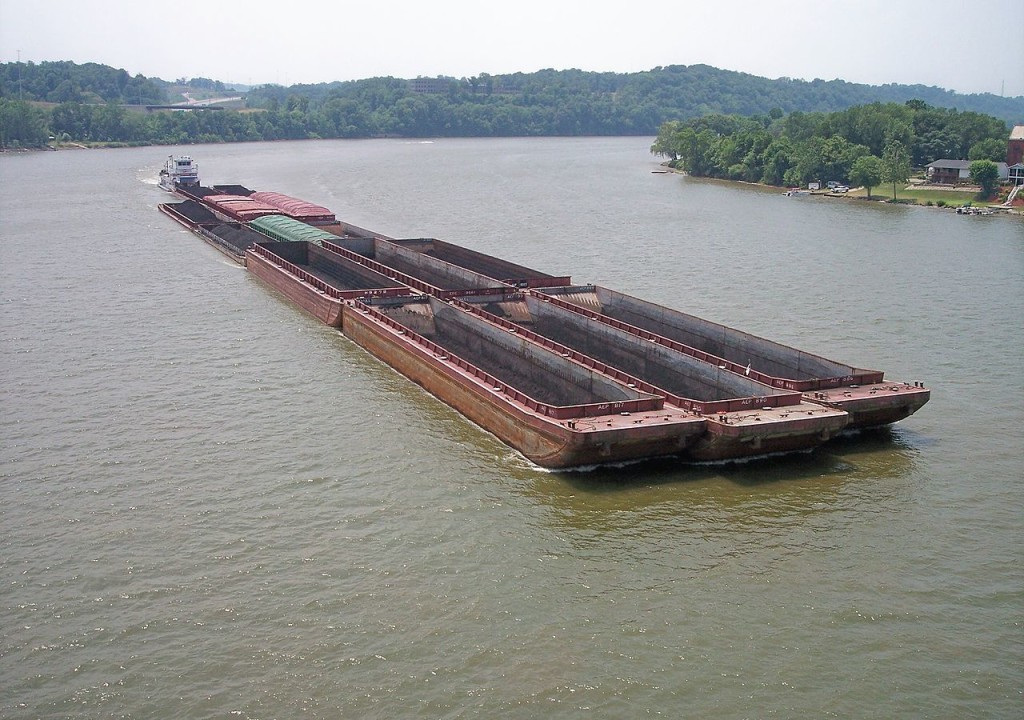Plentiful natural gas and negative publicity concerning coal’s adverse impact on the environment has led to the closing of a number of coal facilities in the U.S. over the past 10 years. Consequently, volumes of coal have fallen off during that same time period.
Gulf Power’s Plant Christ in Pensacola, Fla., suffered substantial damage from Hurricane Sally last year. But instead of simply repairing the facility, Gulf Power converted the plant from coal and into the world of natural gas, renaming it Gulf Clean Energy Center.
“The modernization involves converting coal-burning units to run on natural gas and adding four new combustion turbines to provide greater reliability and efficiency for the energy grid,” according to the website Daily Energy Insider. “There will also be a new natural gas pipeline to provide additional natural gas for the plant. Gulf Clean Energy Center carbon emission rates will be reduced by 40 percent by converting from coal. It will also reduce operating costs for customers.”
According to River Transport News, first quarter “barged shipments of coal to the domestic power generating sector slumped to a new multidecade record low in the first quarter of 2021.”
But it wasn’t all bad news for barged coal during that first quarter of 2021. Cold weather, particularly in mid-February, led to a demand for coal-fired generation throughout the coal hauling barge industry.
“Coal burn at barge-served power plants during the first quarter of 2021 surged to 20.6 million tons from the 15.1 million tons burned during the first quarter of 2020, an increase of 36.4%,” RTN said. “Coal burn during the prior year quarter was depressed due to an extremely mild winter. Coal burn at barged served plants during the most recent quarter also was up sharply relative to the fourth quarter of last year, when 17.7 million tons of coal were consumed.”
The disparity between first quarter coal receipts and contemporaneous coal burn is a positive development for the barged coal sector, RTN reported. “Coal stocks at the nation’s barge-served plants contracted sharply during the first quarter of 2021, shrinking by a total of five million tons (20.6 million tons of burn less 15.6 million tons of total deliveries). This represents 21 days of burn at first quarter operating rates.
In practical terms, even if burn levels experience their traditional second quarter decline, power generators will need to boost deliveries since their ability to rely on on-site stockpiles has been reduced, according to RTN.




